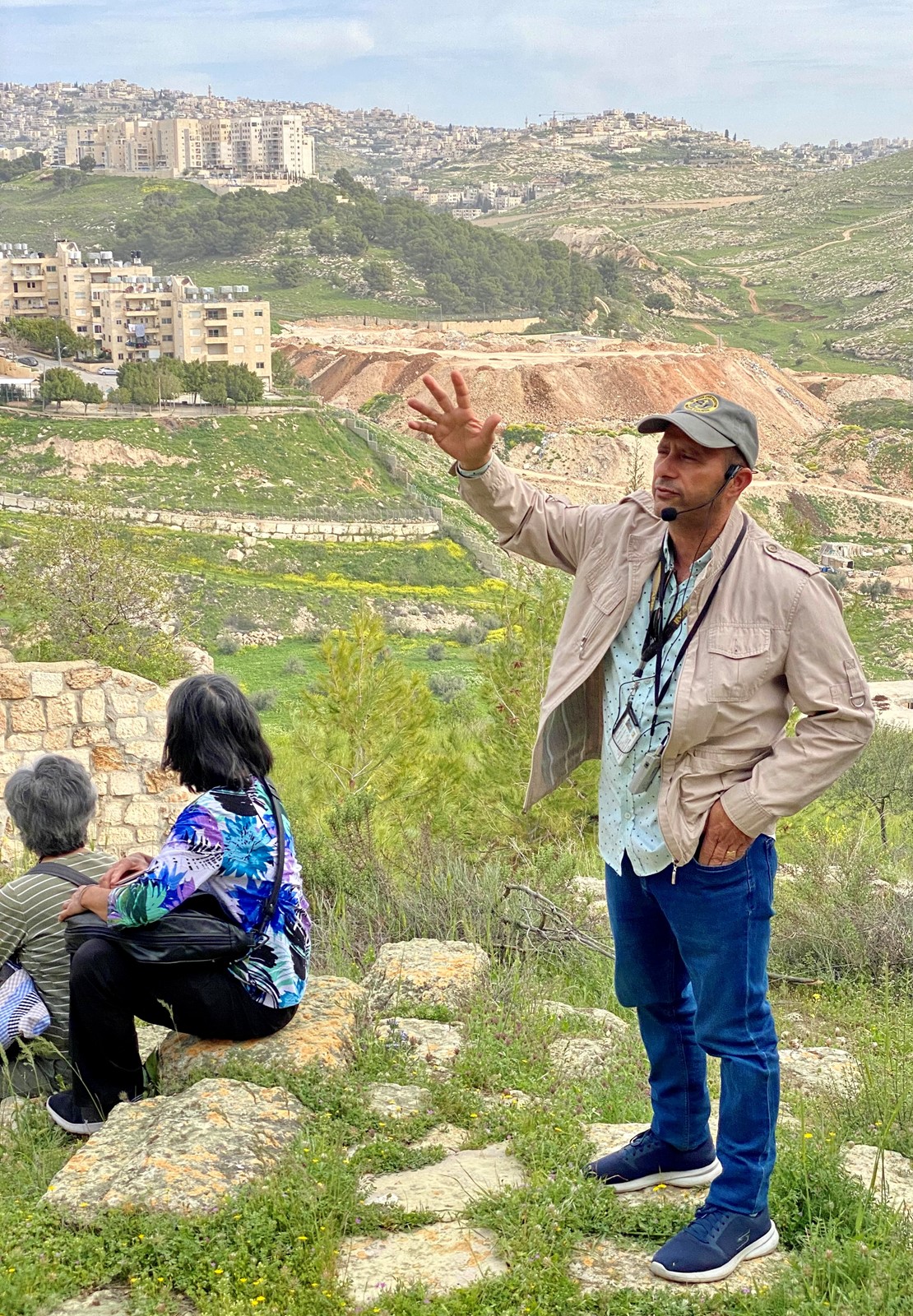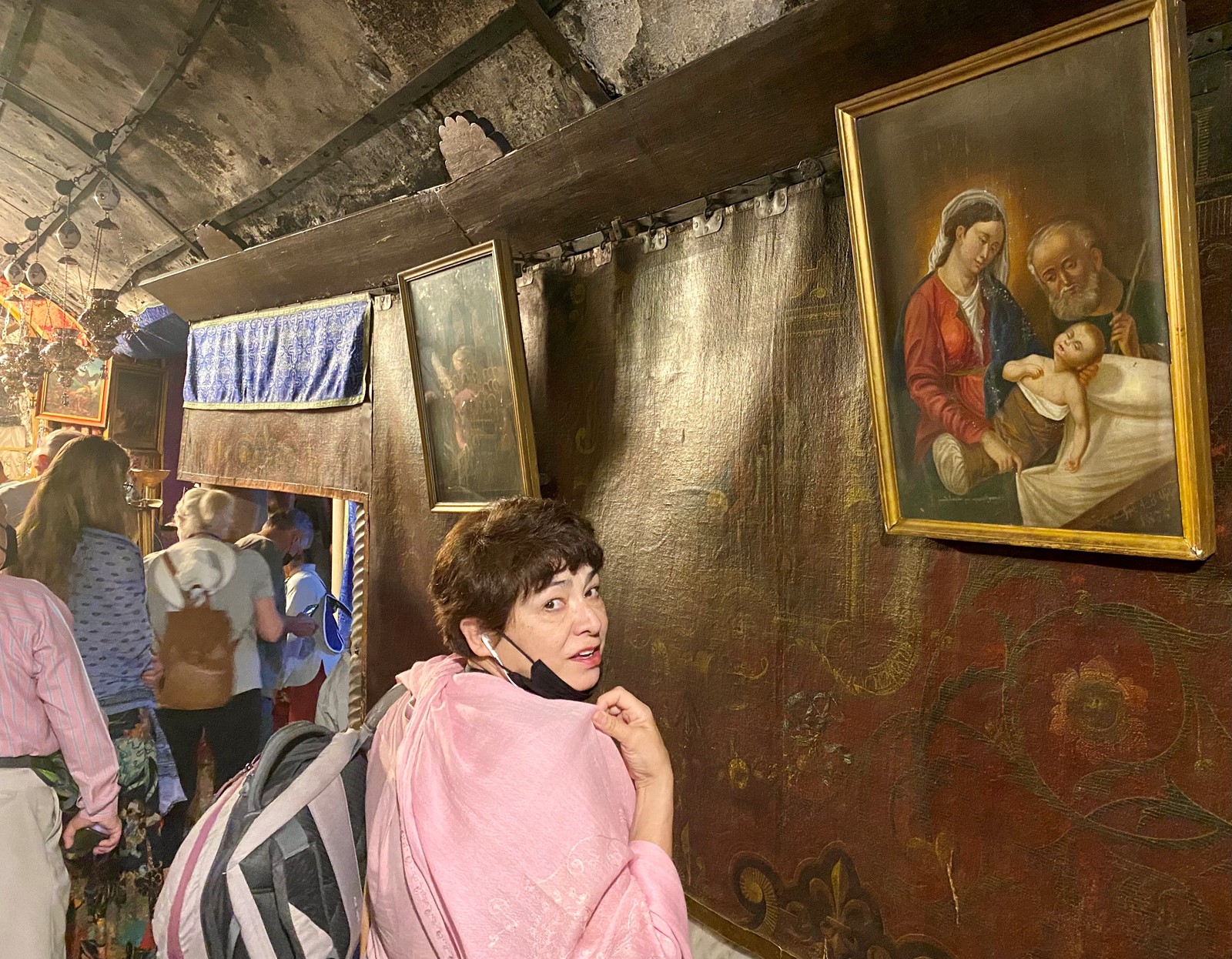

I am the light of the world – John 8:12
There are two types of light in the world.
We can perceive one, or both.
When we are born into this world, we perceive physical light, and without it we would have no physical life on this earth.
But there also is another light, which Jesus Christ spoke about as being the light of his truth, and the light of eternal life.
He went on to say those who perceive this true light will never walk in spiritual darkness and how this light can be taken into all the dark places that create the neverending misery and violence of our world.
Jesus says that the one condition of having this light, truth and eternal life is that we follow him and that we reflect this light to others by how we live.
The Judeo-Christian Scriptures, written thousands of years ago, present such a world view: Of how light overcomes darkness, as if the two are vying in a cosmic battle. And how this light came into the world.
A couple of years ago, my wife and I, along with a small group of believers from a local church, traveled to Israel, a journey most would not take today.
Among our stops was the West Bank (Palestinian) city of Bethlehem, today a city of 220,000, separated from Jerusalem and Israel by a wire fence and border checkpoints. We followed a Palestinian Christian guide who said he had been waiting 12 years for the Israeli government to give him the papers he needed to cross the border. He pronounced the Hebrew Bible’s name for the ancient town, Ephrath, from the prophecy written in the book of the Jewish prophet Micah 700 years before the birth of Jesus — “but you, Bethlehem Ephrath … out of you will come for me one who will be ruler over Israel …” The Scriptures tell us that David was born in Bethlehem. Jesus was born here.
We traveled to an area overlooking the city of Jerusalem, now known as the Shepherd’s Field, commemorating the shepherds who the New Testament says were keeping watch the night Jesus was born.
The nearby Church of the Nativity, some 1,700 years old, is built above a nearby limestone cave. Since the first century, it has been considered the site of Jesus’s birth. The grotto in the church is the oldest site continuously used as a place of worship in Christianity, and the basilica is the oldest major church in the Holy Land, commissioned by Roman emperor Constantine in the fourth century.
Once entering, we descended into an underground area beneath the main floor of the church to quickly pass by the very spot where tradition says Jesus was born in a manger, where, as the Gospel writer Luke puts it: “ … and she gave birth to her son. She wrapped him in cloths and placed him in a manger, because there was no guest room available for them.”
The setting, the caves, the circumstances of Jesus’s birth, were about as far from the lofty heights of modern religion, much less the vast medieval cathedrals of Europe, as one could imagine.
The church’s Manger Square has been the site of violent clashes in recent years. Frightening and apocalyptic as our present times can seem, though, the troubles of this world that Jesus said we will not escape from, have forever been like this — through the rise and fall of empires, war and political turmoil, prosperity and poverty. Still, it’s human to reach out for hope, for believing tomorrow will be better.
Reason enough to summon our better angels and gather before the tree.
We’re a long way from Bethlehem, but it’s Christmas here, when family traditions are honored, and, so, we again bring gifts and place them at the foot of the tree.
So, what does a Christmas tree have to do with the birth so long ago of Yeshua, the son of a teenage mother and her conflicted husband?
Prodded, Luke says, by a government-ordered tax census, a pregnant Mary and her husband Joseph had journeyed some 80 miles from their home in Nazareth to Bethlehem. There, the baby was born.
Soon after, the baby’s parents took him to Jerusalem, to present him before God, as required in the law of Moses. There, according to Luke, an old man named Simeon, who believed he would not die before seeing the Messiah, was led by the Spirit to the Jewish Temple, where he spoke a bittersweet prophecy mother and son.
The boy, he said, was appointed to cause the rise and fall of many, but for the young mother, “a sword also will go through your own soul — so that the thoughts of many hearts may be revealed.”
In effect, Simeon saw Mary at the foot of a wooden cross — the tree that will stand until the end of time, providing the way out of despair, meaninglessness and the curse of death.
In the middle of the night, I approach the tree, its branches askew.
All my failures hang there, my secrets too.
Generations dance across the tree.
We are not of this world.
Light flickers in the shadows. A star rises in the east.
Tonight, I hear the sound of Christmas bells. I’m not surprised when I hear them toll for me.
Can anything good come out of Nazareth?
Behold the man.
Light of the world.
Don Miller is the Opinion Editor of the Santa Cruz Sentinel.


 PREVIOUS ARTICLE
PREVIOUS ARTICLE
